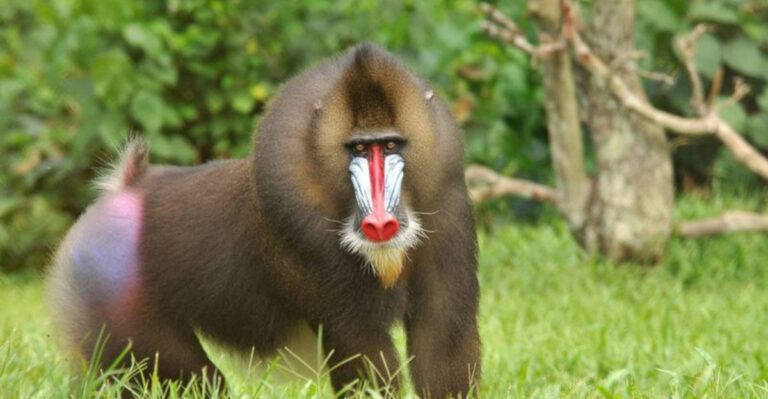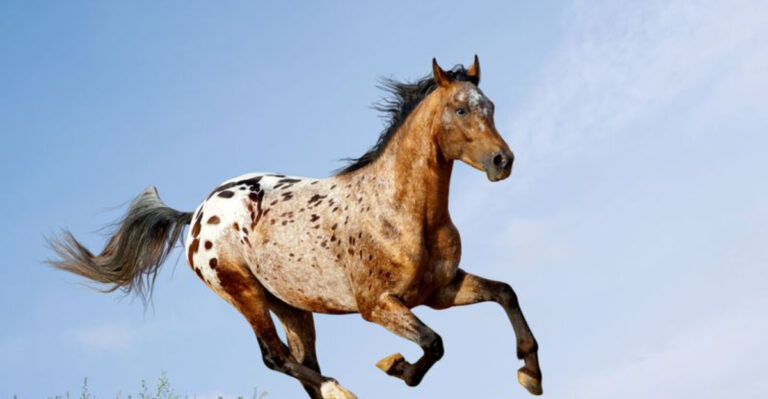Large Animal Seen Dashing In Angola Is Actually A Species Never Seen Before
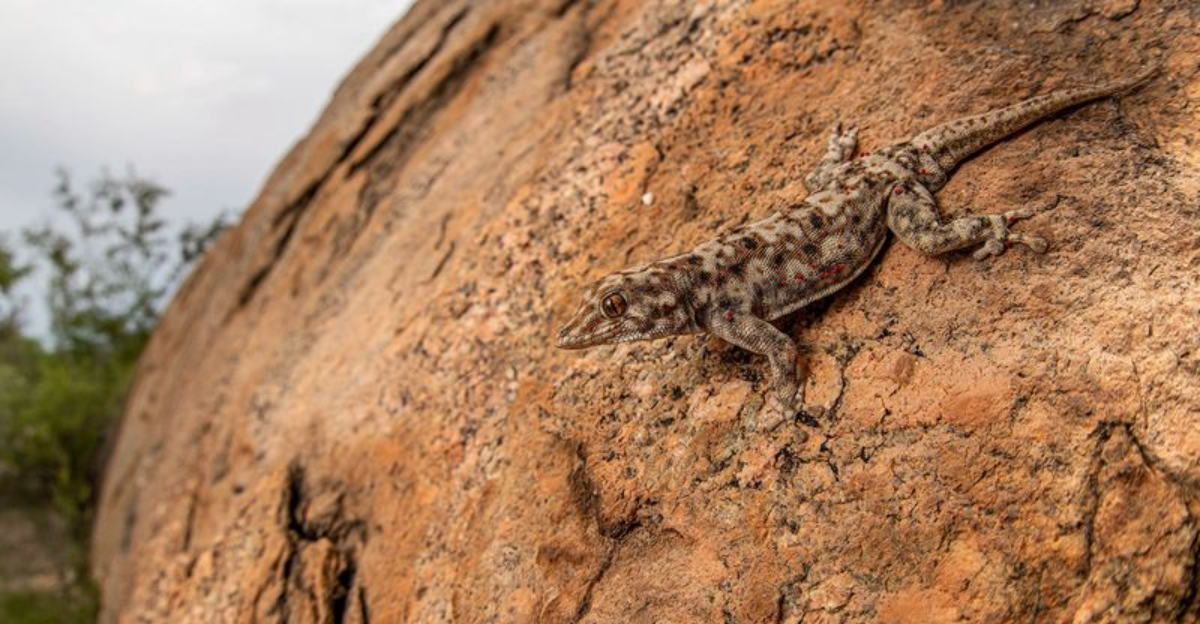
Scientists in Angola have made an incredible discovery that’s shaking up the animal world. A large, fast-moving creature spotted by locals has turned out to be a completely new species never recorded before.
This remarkable find reminds us just how many secrets our planet still holds, even in the 21st century. The discovery has sparked excitement among researchers worldwide who are eager to learn more about this mysterious animal.
Locals Thought It Was A Mammal – It Wasn’t
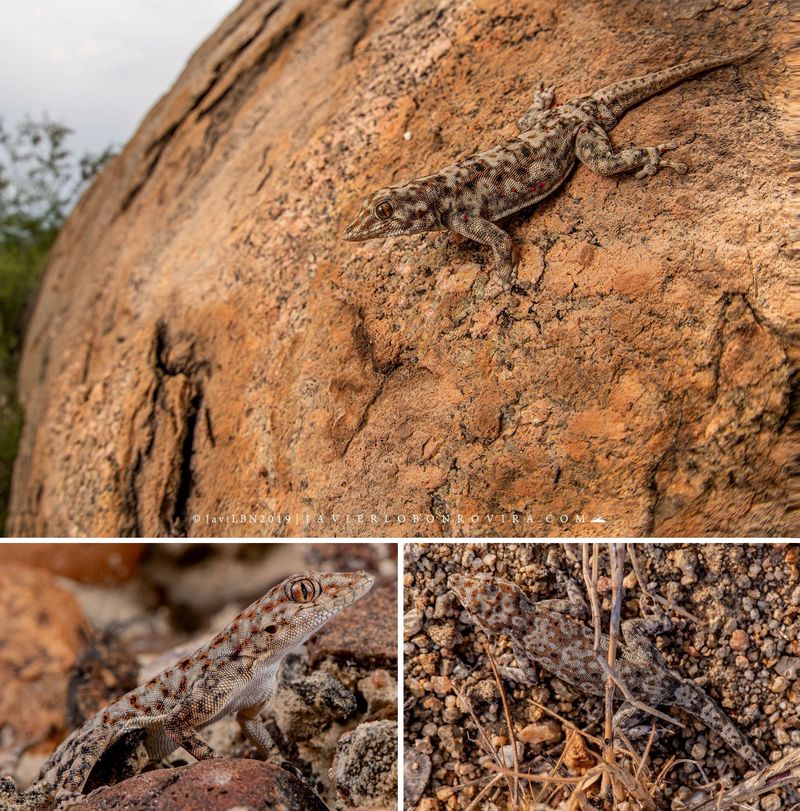
When villagers first reported the swift creature racing through the grasslands, they were convinced they’d spotted a new type of mammal. The animal’s size and movement pattern suggested something like a small antelope or unusual rodent.
Imagine their surprise when scientists revealed it was actually a reptile! The creature turned out to be a remarkably large lizard species with unusual locomotion that mimics mammalian running patterns. This misconception actually helped draw attention to the discovery, as researchers might have overlooked yet another lizard sighting.
A Fast-Moving Lizard Surprised Everyone In Angola
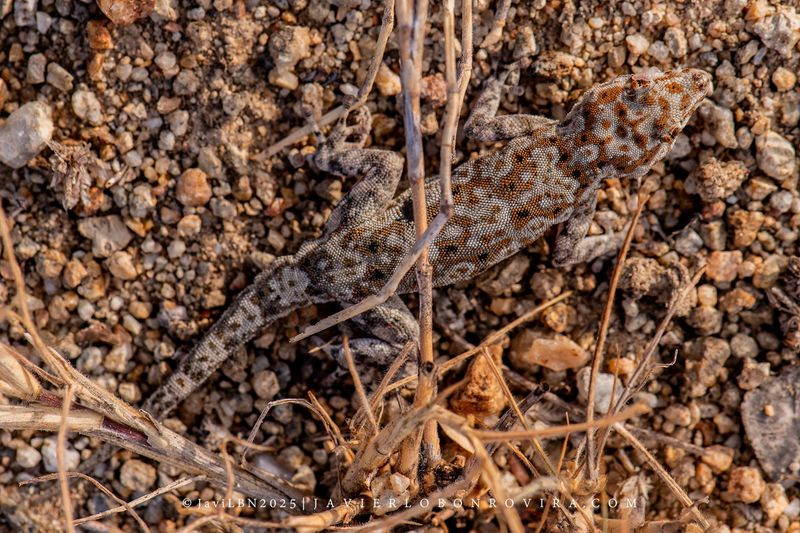
Speed became the calling card of this newly discovered reptile. Unlike most lizards that scurry with a side-to-side motion, this species gallops almost like a horse, reaching impressive speeds of up to 20 miles per hour.
Local farmers initially reported seeing ‘blurs of color’ racing across fields. Some even claimed their dogs couldn’t catch these mysterious creatures. The lizard’s unique running style involves lifting its body completely off the ground, using only its powerful hind legs for propulsion – a rare adaptation that has evolutionary biologists particularly excited.
This One’s Bigger And Brighter Than Its Relatives
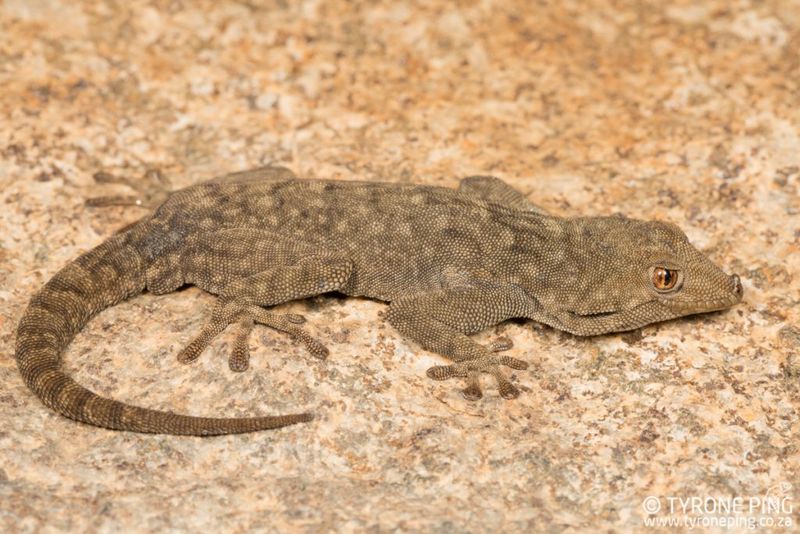
Standing out from its reptilian cousins, this new species boasts remarkable dimensions. Adult specimens measure nearly three feet from nose to tail – almost twice the size of related species in neighboring countries.
What truly makes these creatures spectacular is their vibrant coloration. Males display electric blue heads, bright orange stripes along their sides, and emerald green tails. Females, though slightly less colorful, feature stunning yellow patterns against deep brown scales. Scientists believe these bold colors might play a role in mate selection or possibly warn predators of a chemical defense mechanism still being studied.
The Lizards Were Found In A Dry, Remote Part Of Angola
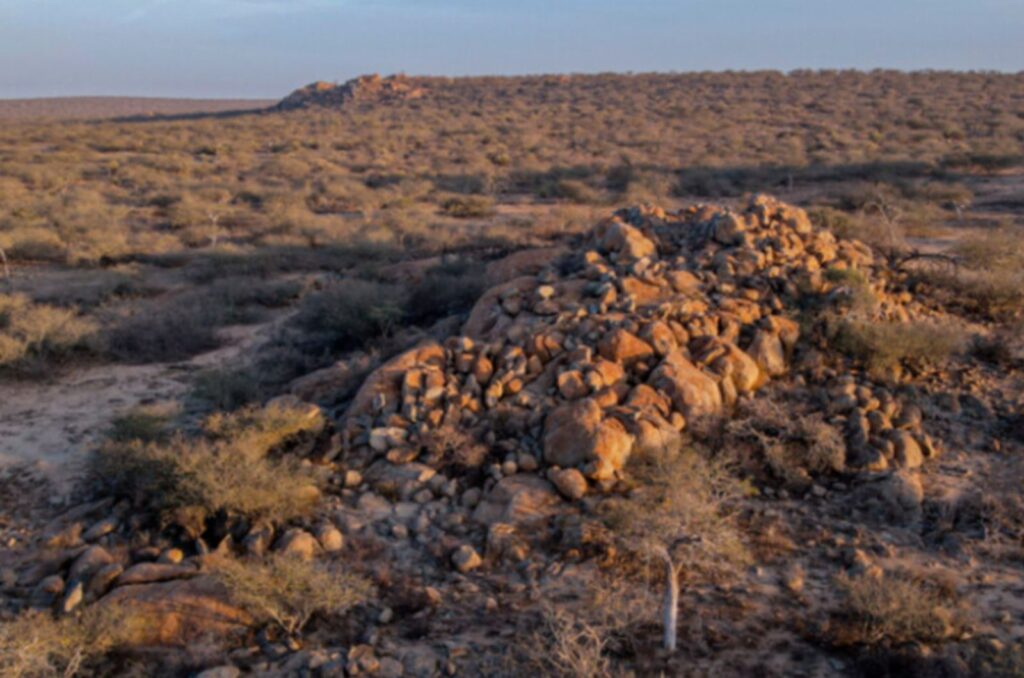
Tucked away in Angola’s southeastern region lies a harsh landscape where few biologists have ventured. This arid zone, characterized by rocky outcrops and sparse vegetation, has remained largely unexplored due to decades of civil unrest and difficult terrain.
The lizards thrive in this challenging environment, having adapted to extreme temperature fluctuations. During the day, temperatures soar above 100°F, while nights can drop below freezing. Local guides led researchers to hidden valleys where small populations of these remarkable creatures have established territories around seasonal water sources.
Their Bold Colours And Size Make Them Stand Out
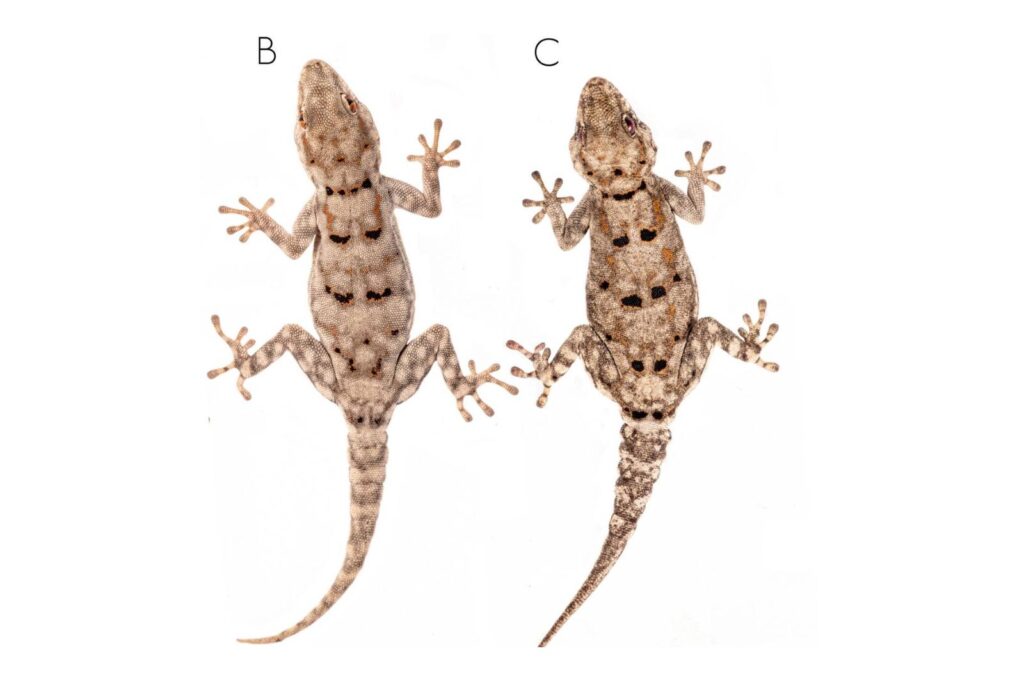
Mother Nature rarely creates such flamboyant creatures without purpose. The lizard’s striking appearance serves multiple functions in its harsh environment.
During breeding season, males perform elaborate displays, inflating throat pouches that transform from blue to brilliant purple. Their colorful bodies become even more vibrant when exposed to ultraviolet light, suggesting patterns invisible to human eyes but significant to other lizards. Size also plays a crucial role – larger individuals can store more fat and water, helping them survive extended dry periods that smaller reptiles couldn’t endure.
Researchers Think There May Be Even More New Species
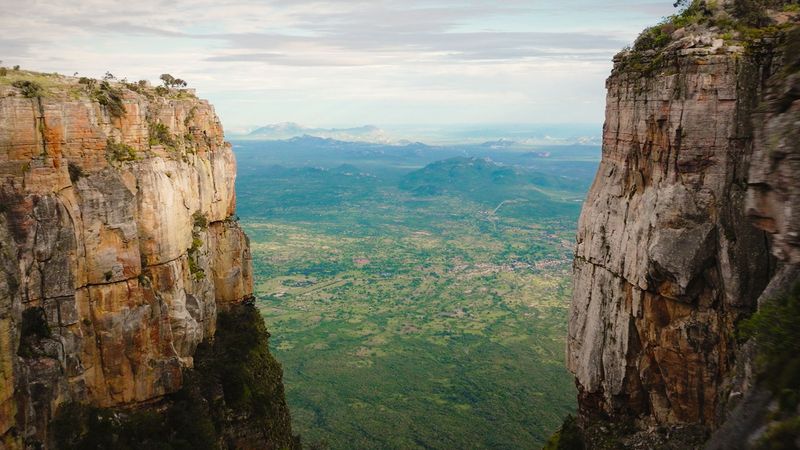
The discovery has sparked a gold rush of biological exploration in Angola. Following this initial finding, scientists have identified several other potentially undocumented reptiles in the region, including what might be a related but distinct species with different markings.
Angola’s biodiversity remained understudied for decades due to political instability. Now, with improved access, researchers are uncovering an ecological treasure trove. University teams have established permanent research stations in the area, using advanced techniques like environmental DNA sampling to detect species without directly observing them.
This Discovery Shows How Much Of Nature Is Still Unknown
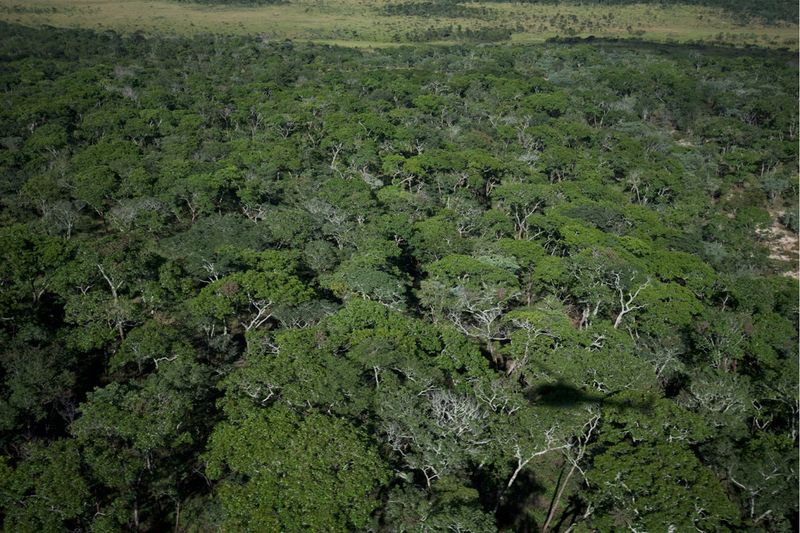
Finding a large vertebrate species in the 21st century sends a powerful message about our incomplete knowledge of Earth’s biodiversity. Despite satellites mapping every inch of our planet, the ground-level reality remains surprisingly mysterious.
Experts estimate we’ve identified only about 20% of Earth’s species. Most undiscovered organisms are likely insects or deep-sea creatures, making this large land animal particularly significant. The lizard managed to avoid scientific detection despite its size and distinctive appearance, raising questions about what else remains hidden in remote regions.
The Geckos Might Need Protection In The Future
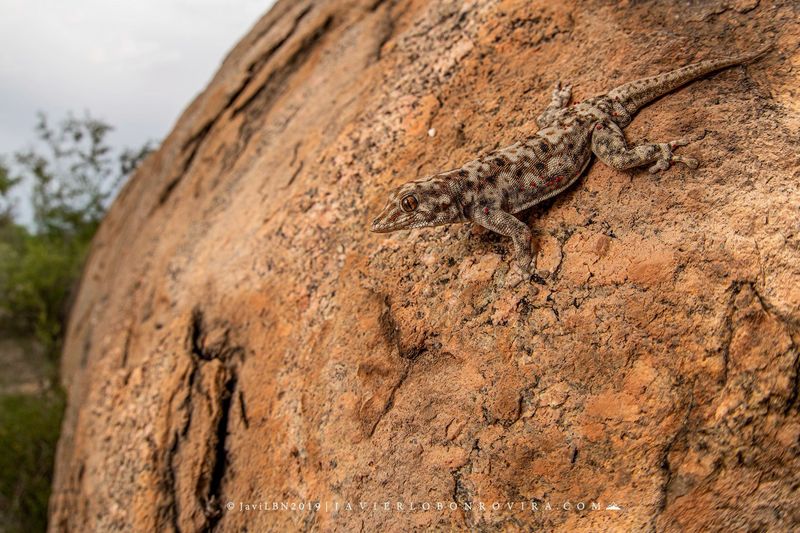
Conservation concerns emerged immediately following the discovery. With a seemingly limited range and specialized habitat requirements, these remarkable geckos face potential threats from human development and climate change.
Mining operations expanding into southeastern Angola could disrupt critical habitat. Additionally, changing rainfall patterns might affect the seasonal water sources these lizards depend on. Researchers are working with local communities to establish protected zones while studying the species’ population dynamics. Fortunately, the Angolan government has shown interest in creating a special conservation area to safeguard this living national treasure.




